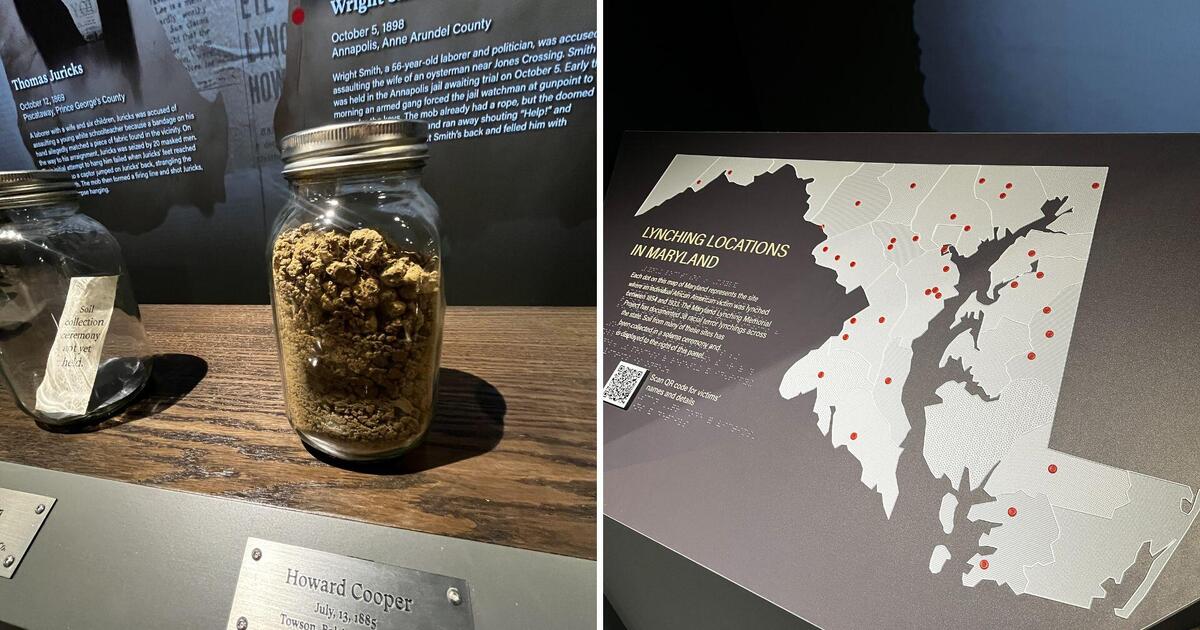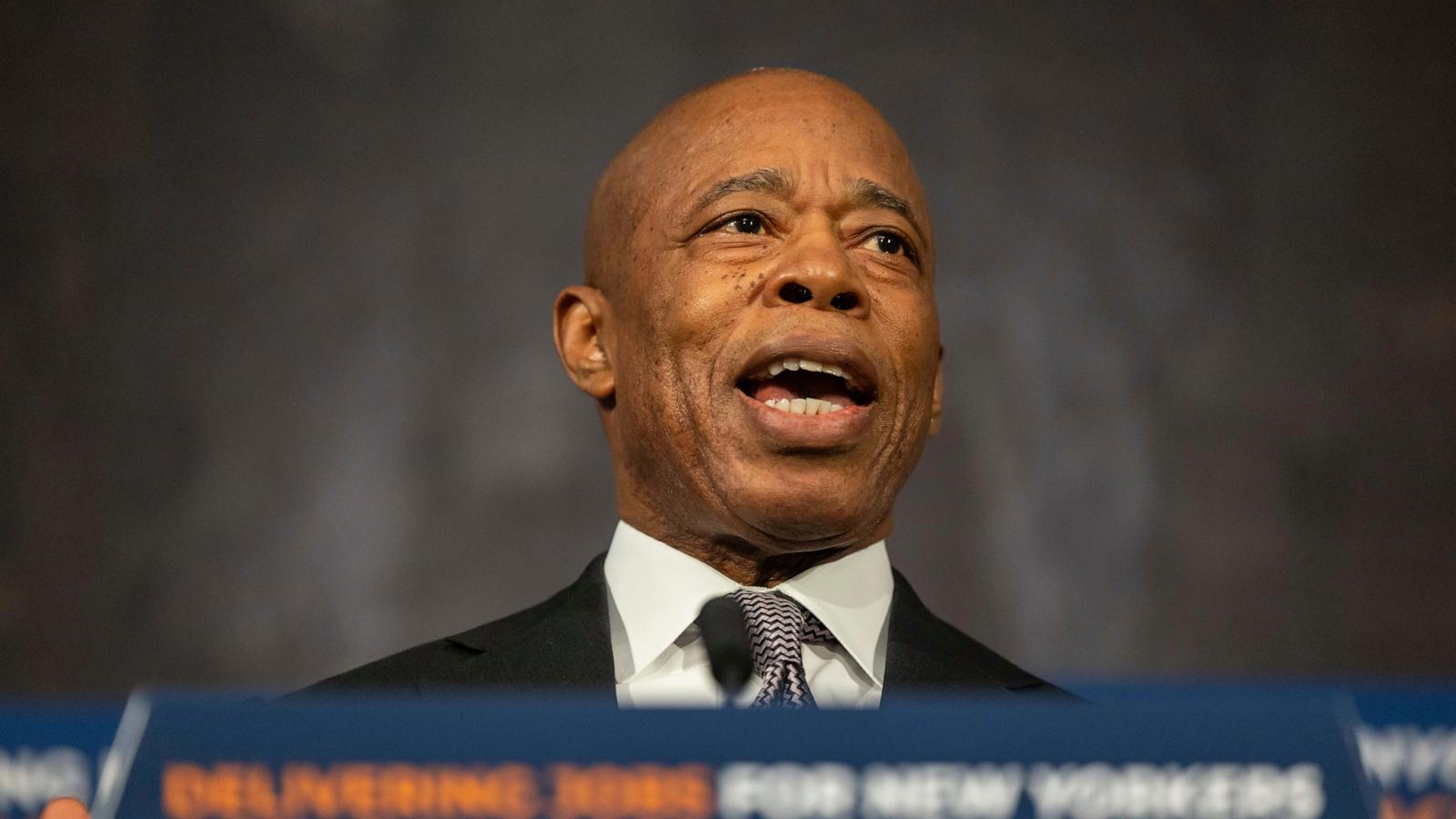By
Updated on: February 17, 2025 / 6:31 PM EST
/ CBS Baltimore
History of lynching on display at Baltimore museum
Tina Harris remembers the day her grandmother, Mary Armwood, told her about Maryland’s last documented lynching victim: George Armwood.
“My grandmother is Mary Armwood, and George Armwood was her first cousin,” said Harris, a descendant of George Armwood. “She was alive when he was alive, and she was, of course, around when the incident had happened.”
George was lynched in Princess Anne in Somerset County on October 18, 1933. Historians believe he was 22 or 23 years old and a resident of Pocomoke City when he was killed.
“And when she said it, a tear fell from her eye, and she didn’t go too much into details,” Harris explained.
“This was a time when this racial terror had really reached kind of a fever pitch all over the country,” said Will Schwarz, President of the Maryland Lynching Memorial Project.
“There are about eight to 900 people that lived in Princess Anne at that time, newspapers estimated there were maybe 5,000 people in Princess Anne that day for his lynching,” Schwarz said.
George had been accused of the attempted assault and rape of a 71-year-old White woman.
“We don’t know the basis for this accusation,” Schwarz said. “She had said she never, she didn’t. She’d never seen his before, and there’s no known evidence that connects him to the crime.”
Newspaper clippings show how George’s death set off outrage across the country, yet, no one was ever charged for his death.
“Lynching in Maryland” exhibit
Well over 4,000 Black Americans were lynched in the United States between 1865 and 1950, and nearly 40 of those cases were said to have occurred in Maryland.
George Armwood’s story lives on at the Reginald F. Lewis Museum in Baltimore. His story is like many others across Maryland whose stories are on permanent display at the museum inside their “Lynching in Maryland” installation.
The installation is in collaboration with the Maryland Lynching Memorial Project. The organization’s mission is part of a statewide effort to make sure the victim’s stories are not lost in time.
Terri Lee-Freeman is the president of the museum and worked with state leaders to make sure there was a space for them in the museum.
“The Maryland Memorial Project was to make this a personal exhibition that didn’t frighten people, but informed people,” Lee-Freeman said. “It puts Maryland within the context of national lynching – what was going on in the country at that time.”
Soil collected from George’s lynching sits inside a glass jar next to 37 others within the exhibit.

CBS News Baltimore
Schwarz helped gather those stories.
“These jars there, we know that there were 38 racial terror lynchings in Maryland, no fewer than, there are probably more,” Schwarz said. “The Equal Justice Initiative has been doing these community remembrance projects for quite some time. And the major project, you know, there are two kinds of projects that they do: One is collecting soil at lynching sites, and the other is erecting historic markers at the sites. And we’ve been doing that as well.”
Tapping the nameplate in front of a glass jar in the installation activates a victim’s story on a screen behind it.
“He was not just the victim. He was loved.”
“The thing that’s important about this exhibit is it not only tells the truth about this awful history, and it’s irrefutable, but it also, I’d like to think, is, you know, a bulwark for truth itself,” Schwarz said. “These are not just nameless victims. These are not just signs on the side of the road, right? These are people who had families, who had friends, who were loved, and who were all murdered.”
“He was not just the victim. He was loved. You know, he did have a family that cared about him,” Tina Harris said. “My grandmother still remembered his favorite song, which was “Eye On The Sparrow,” and she sang it all the time.”
Harris explained that as she learned more about George over time, she dug deeper and learned more about him. Her studies led her to Schwarz and the Maryland Lynching Memorial Project.
“Just one of those things where we were kind of doing the same work at the same time in two different areas,” said Harris.
Harris and Schwarz both learned more about George and the day he was lynched, tortured and dragged through town. Their research culminated in a documentary that now plays in the “Lynching in Maryland” installation at the museum.
“We do not shy away”
Harris believes continuing to tell her family’s story and the stories of other lynching victims in Maryland is a step forward.
“I don’t honestly see being related to someone who died in a horrific way as a negative thing because it made lots of changes,” Harris said.
“We really want people to understand this story, because the first path to being able to do a better job is to know what the history was,” said Lee-Freeman.
“Because this history is too important to ignore,” Schwarz said.
“It’s an amazing thing, not just for my grandmother, but for my entire family,” Harris explained. “Like, we do not shy away from saying we are Armwoods. We are still Armwoods and we still love the fact that we are Armwoods and we celebrate it every day.”
Find more information about the Maryland Lynching Memorial Project HERE.
You can plan a visit to the “Lynching in Maryland” exhibit by visiting the Reginal F. Lewis Museum website HERE.
Janay Reece came back home to Baltimore to join WJZ in August 2023. Before coming back to the Charm City, Janay was a morning anchor and reporter for WDBJ7 in Roanoke, VA. She joined the WDBJ7 morning team after spending a year as a multimedia journalist in the New River Valley for the station.
Instagram











